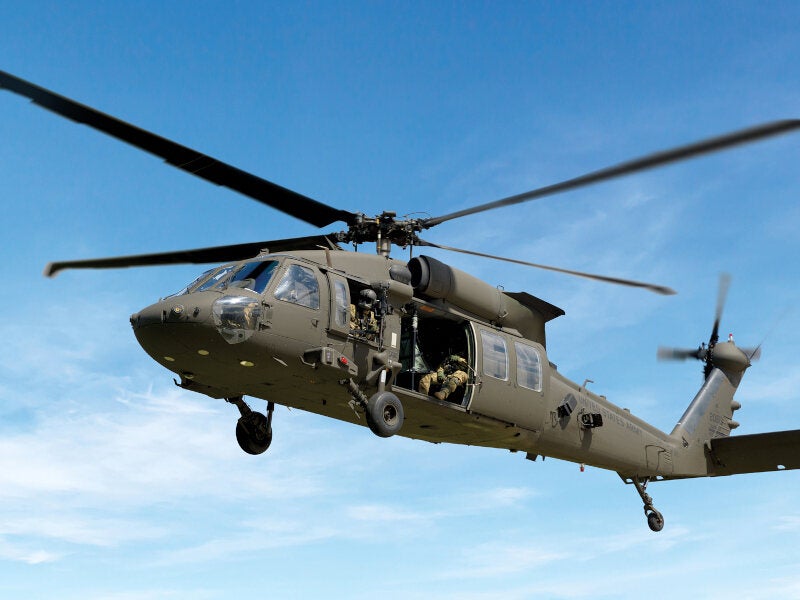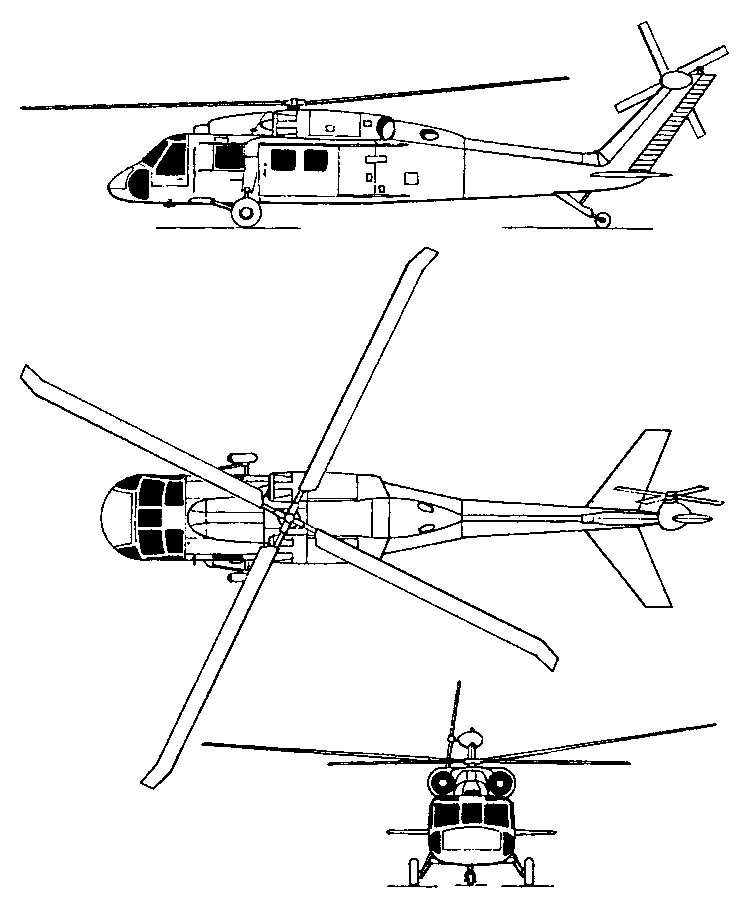Why the Sikorsky S 70 is the Preferred Option for Modern Helicopter Missions
Why the Sikorsky S 70 is the Preferred Option for Modern Helicopter Missions
Blog Article
High-Performance Multi-Role Rotorcraft Featuring Advanced Cockpit Technologies and Integrated Sensor Solutions
The realm of rotorcraft innovation has seen significant improvements in recent times, specifically in the realm of high-performance multi-role rotorcraft furnished with advanced cabin technologies and perfectly integrated sensing unit systems. In the complying with conversation, we will certainly discover the evolution of rotorcraft modern technology, delve into the world of sophisticated cabin technologies, and check out the ramifications of incorporated sensor systems on the functional adaptability and performance of contemporary rotorcraft.
Advancement of Rotorcraft Innovation
The evolution of rotorcraft innovation has actually been marked by significant developments in aerodynamics, products, and propulsion systems, forming the capacities and performance of modern rotorcraft. Additionally, innovations in propulsion systems, including more effective engines and innovative propulsion innovations, have enabled rotorcraft to accomplish higher elevations, faster speeds, and greater payloads.
These developments have not just changed the capabilities of rotorcraft but have also increased their applications throughout different industries, consisting of military, business, and emergency situation services. The constant evolution of rotorcraft modern technology remains to drive technology in the area, pressing the boundaries of what is feasible and forming the future of upright trip.
Advanced Cockpit Innovations
Building upon the fundamental advancements in aerodynamics, products, and propulsion systems, the world of rotorcraft modern technology now shifts emphasis towards introducing Advanced Cockpit Innovations. The assimilation of cutting-edge technologies within the cabin atmosphere plays an essential role in improving the operational capabilities, security, and efficiency of modern-day rotorcraft. sikorsky s 70. Advanced Cockpit Innovations include a wide variety of features developed to give pilots with improved situational awareness, structured data management, and instinctive control user interfaces
Among the key improvements in cabin layout is the execution of glass cockpits, which change traditional analog assesses with high-resolution displays. These electronic systems supply adjustable formats, real-time data combination, and boosted readability, enabling pilots to gain access to essential information at a glimpse. Furthermore, advanced avionics systems, such as fly-by-wire controls and enhanced truth display screens, are transforming exactly how pilots connect with the aircraft, allowing for accurate control and boosted decision-making capabilities.


Including sophisticated cabin developments not just enhances pilot performance yet also contributes to total mission efficiency and safety and security in complex operational atmospheres. By leveraging modern technologies within the cockpit, rotorcraft suppliers are establishing new standards for operational excellence and objective success.
Integrated Sensing Unit Equipments
With the evolution of rotorcraft innovation, the combination of innovative Integrated Sensing unit Equipment has actually become critical in enhancing functional efficiency and safety. These Integrated Sensor Systems encompass a broad variety of innovations that supply essential information for numerous features such as navigating, monitoring, targeting, and ecological tracking. By effortlessly integrating sensing units like radars, cameras, lidar, and infrared systems into rotorcraft, operators can gain from boosted situational recognition, boosted goal capabilities, and decreased pilot workload.
One trick benefit of Integrated Sensing unit Solutions is their ability to gather real-time information and supply actionable insights to pilots and goal drivers. For example, progressed radar systems can detect and track targets over long ranges, enabling for early threat discovery and efficient response preparation. Additionally, incorporating electro-optical and infrared electronic cameras makes it possible for rotorcraft to carry out reconnaissance and surveillance goals with precision and precision.
Basically, the integration of sophisticated sensor modern technologies into rotorcraft not just improves functional effectiveness however also contributes considerably to overall goal success and crew security. As rotorcraft remain to develop, the duty of Integrated Sensor Solution will certainly continue to be at the forefront of advancement in the aerospace sector.
Operational Adaptability and Performance
Enhancing operational flexibility and performance in rotorcraft is an all-natural progression from the combination of sophisticated Integrated Sensing unit Systems. By leveraging the understandings and information provided by these advanced sensor systems, rotorcraft can enhance their efficiency throughout numerous missions and environments.
Operational flexibility includes the capability of rotorcraft to adjust to various duties and circumstances efficiently. With innovative cabin modern technologies and incorporated sensing unit systems, rotorcraft can flawlessly change in between jobs such as search and rescue, clinical emptying, monitoring, and a lot more. This adaptability boosts the rotorcraft's ability to satisfy diverse operational needs without requiring comprehensive reconfiguration.
Performance in rotorcraft operations is important for maximizing mission effectiveness and source usage. Integrated sensor systems play a pivotal duty in boosting operational efficiency by providing real-time information on weather condition conditions, terrain mapping, target monitoring, and much more. This data makes it possible for pilots to make educated decisions promptly, enhance flight courses, conserve gas, and improve overall goal efficiency.
Impact on Modern Air Travel Procedures

Additionally, the assimilation of sophisticated sensing units assists in improved objective planning and implementation, allowing rotorcraft to execute a wide variety of tasks with boosted precision. From search and rescue visit this web-site operations to airborne firefighting and law enforcement objectives, the capacities of contemporary rotorcraft outfitted with advanced cockpit innovations and incorporated sensor systems are unequaled.
Furthermore, the effect of these innovations extends beyond operational effectiveness to cost-effectiveness and sustainability. By maximizing trip routes, fuel usage, and maintenance routines, high-performance rotorcraft outfitted with advanced cockpit technologies and sensors add to minimizing functional prices and ecological influence, making them essential possessions in modern-day aviation operations.
Final Thought
To conclude, the high-performance multi-role rotorcraft with sophisticated cockpit innovations and integrated sensor systems stands for a substantial advancement in air travel innovation. These innovations enhance operational versatility and efficiency, ultimately influencing modern-day aeronautics procedures in a favorable way. The integration of these advanced technologies enables boosted capacities and efficiency in different mission circumstances, showcasing the proceeded improvement sikorsky s 70 of rotorcraft innovation in the aviation sector.
The world of rotorcraft technology has seen remarkable improvements in current times, especially in the realm of high-performance multi-role rotorcraft outfitted with sophisticated cockpit technologies and effortlessly integrated sensing unit systems. From improved mission adaptability to improved functional effectiveness, the merging of sophisticated cabin innovations and incorporated sensor systems has actually ushered in a new era of possibilities for rotorcraft applications. In the complying with discussion, we will check out the evolution of rotorcraft innovation, dig right into the realm of sophisticated cabin advancements, and analyze the effects of integrated sensing unit systems on the operational adaptability and performance of contemporary rotorcraft.

Report this page